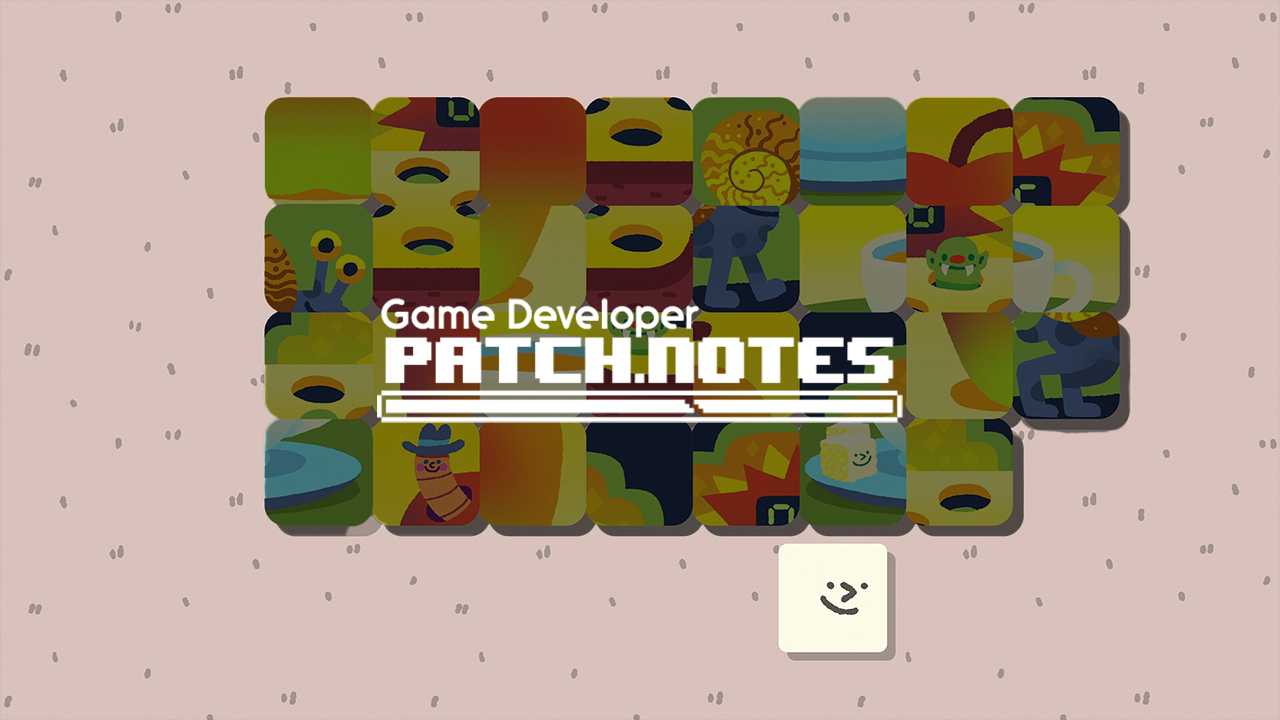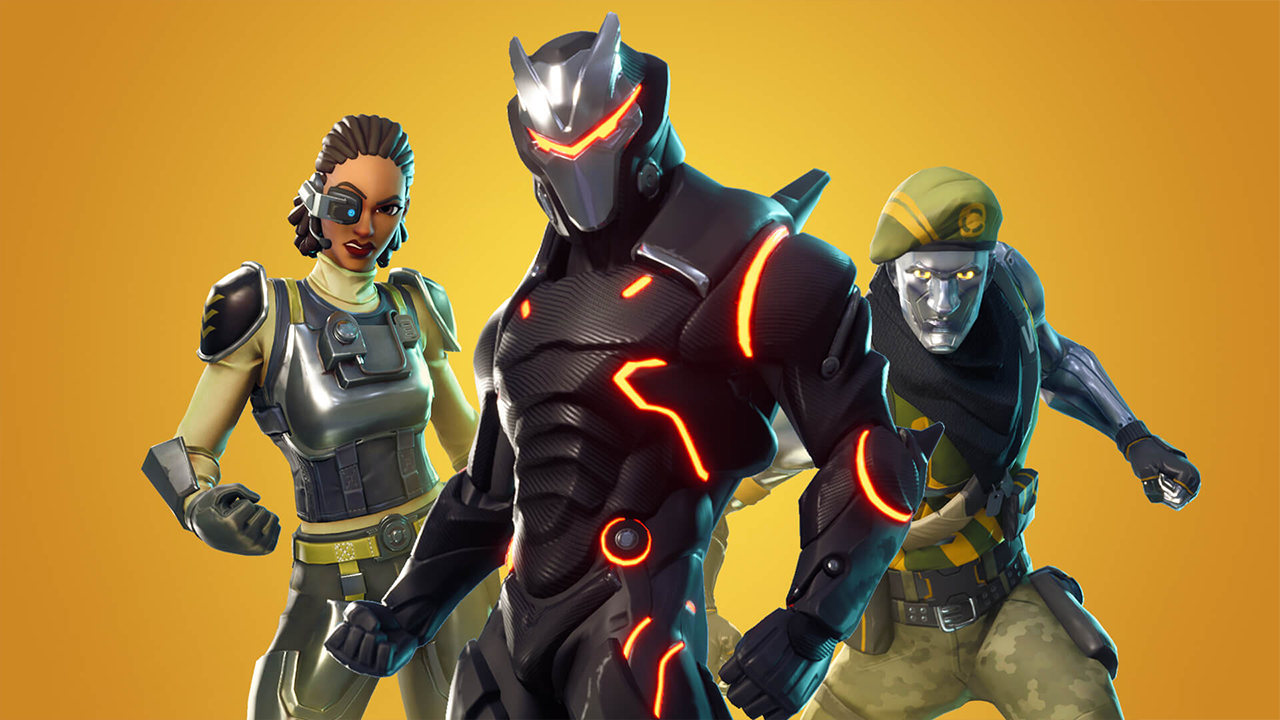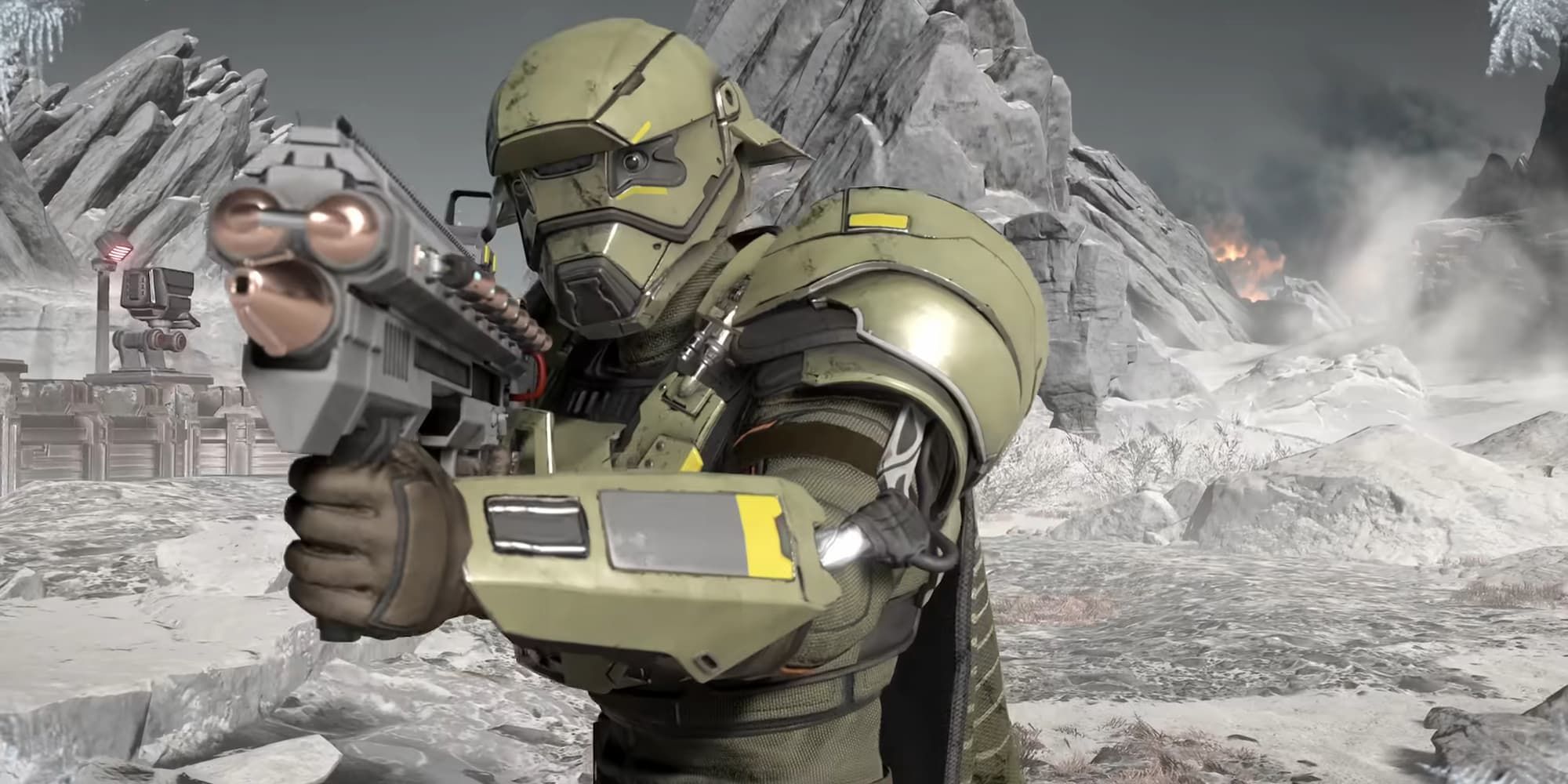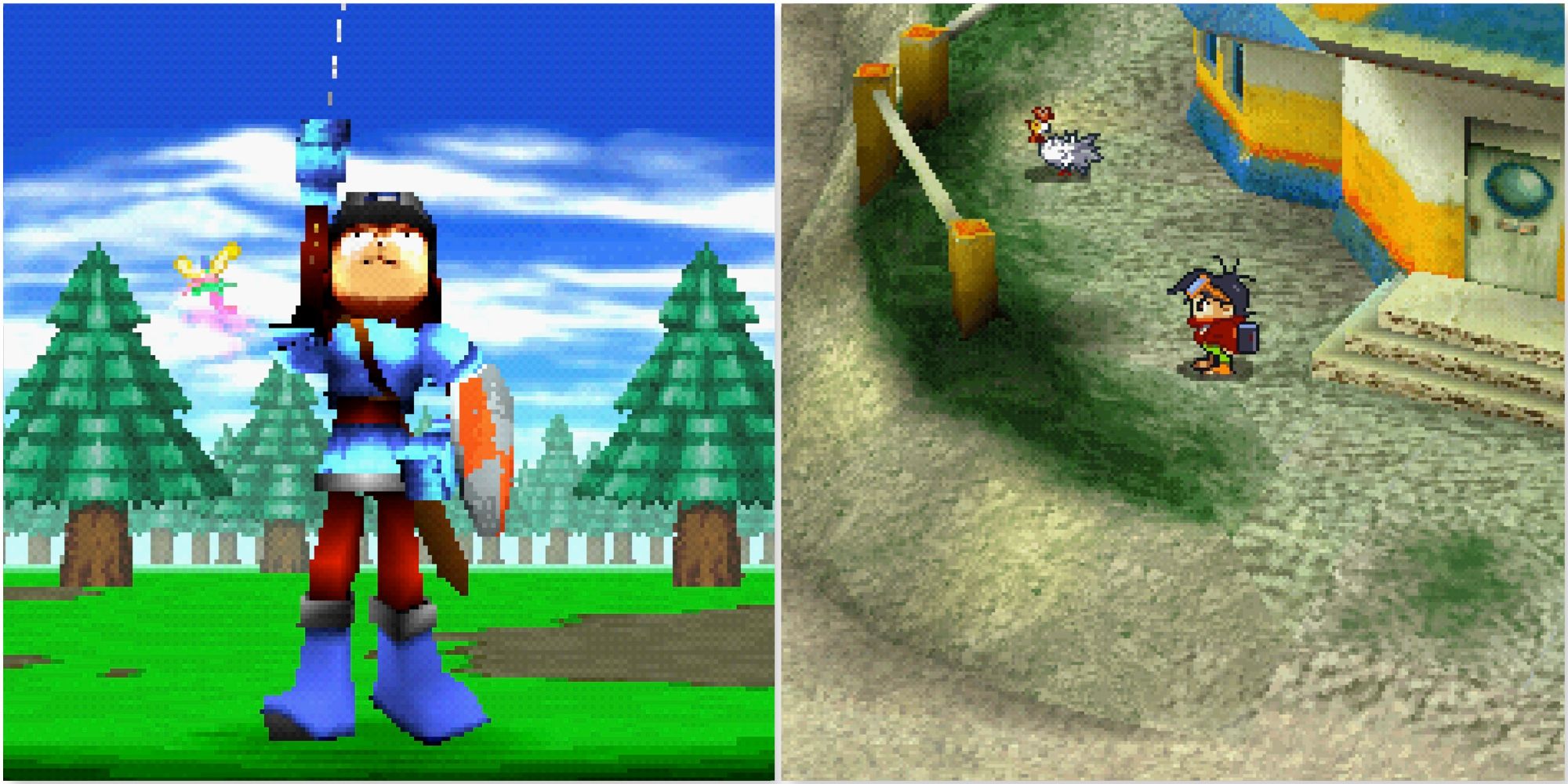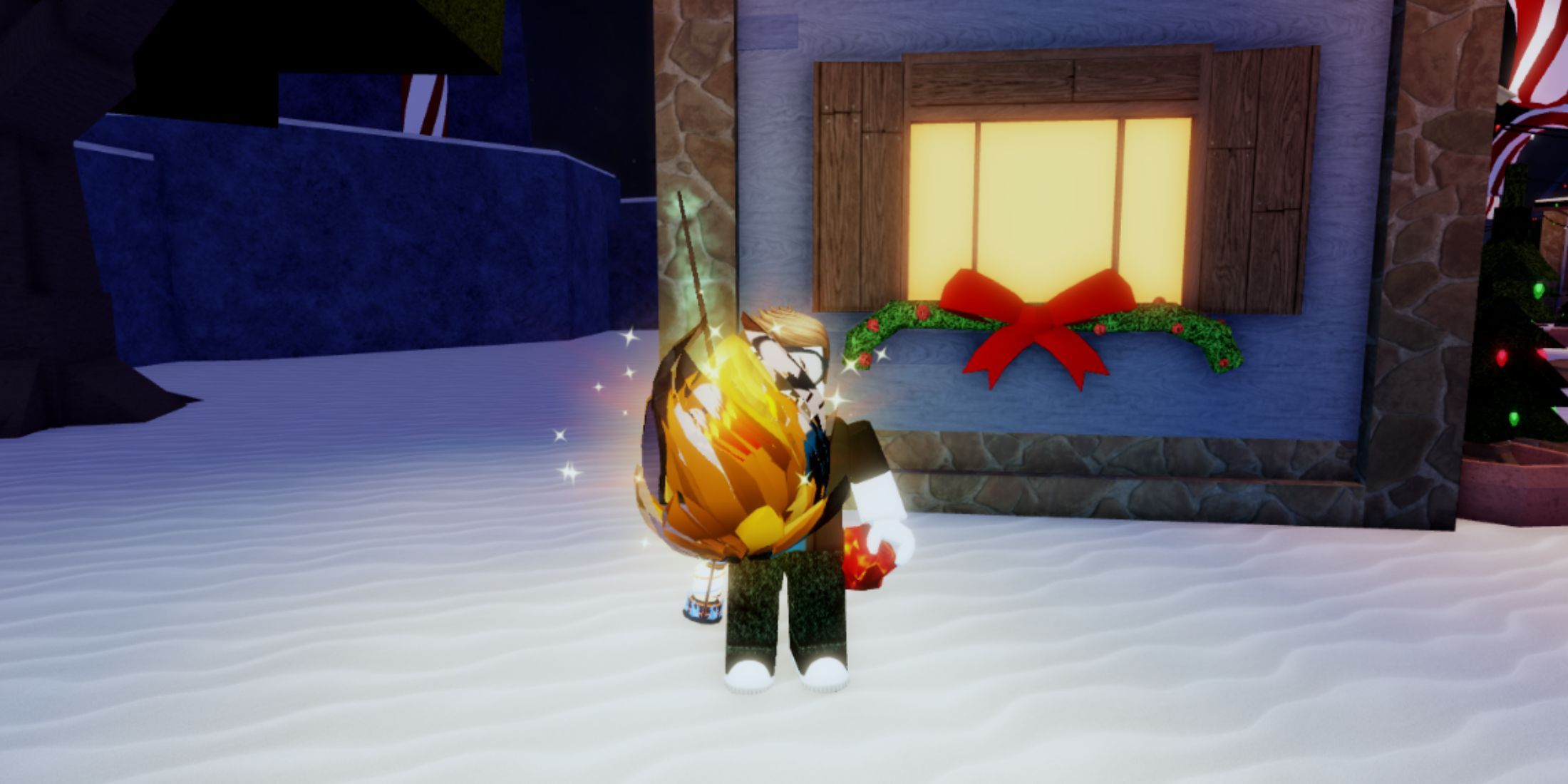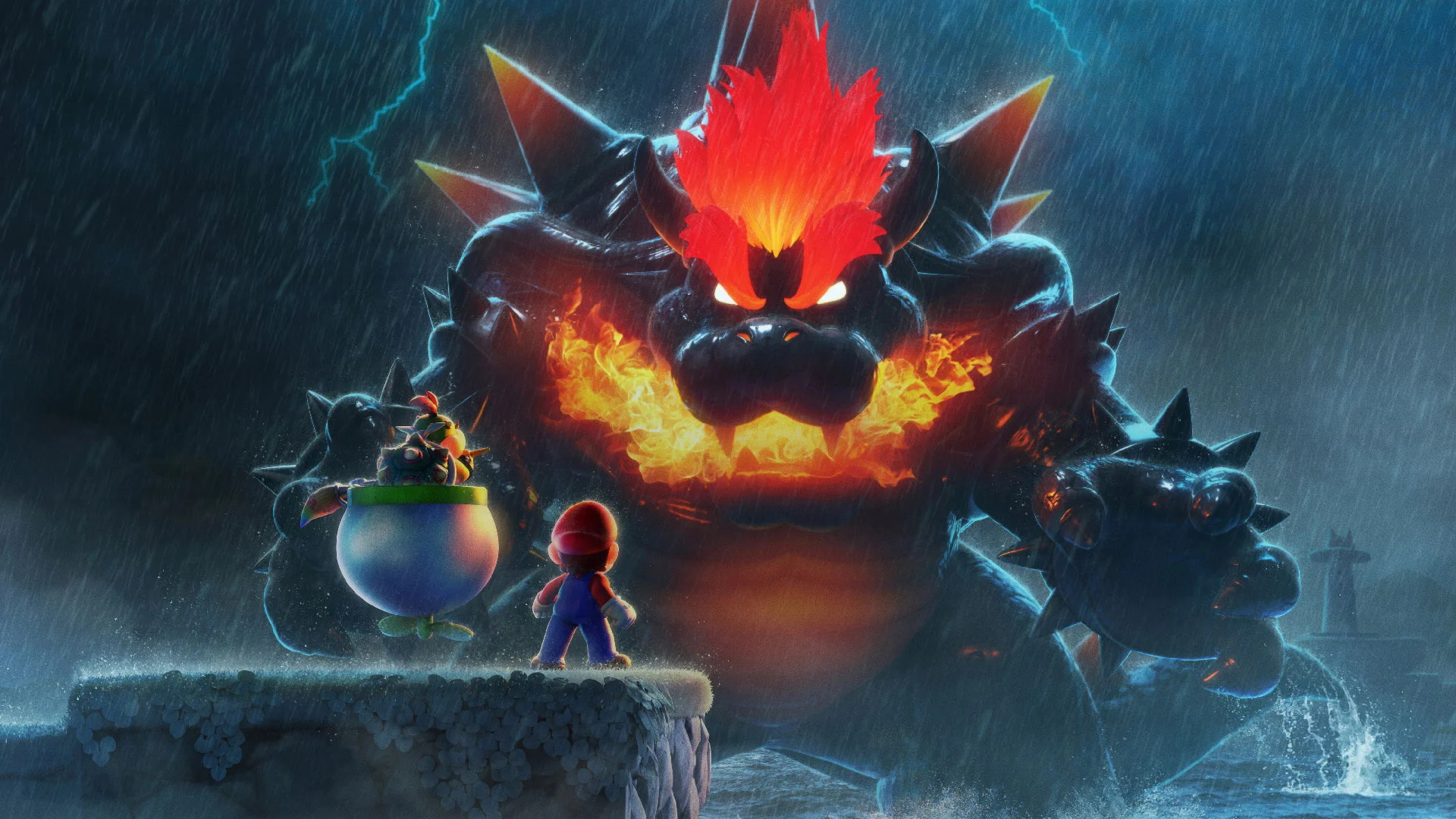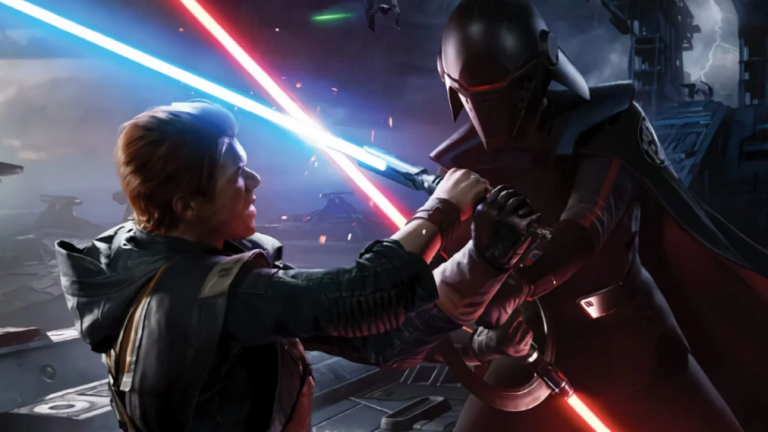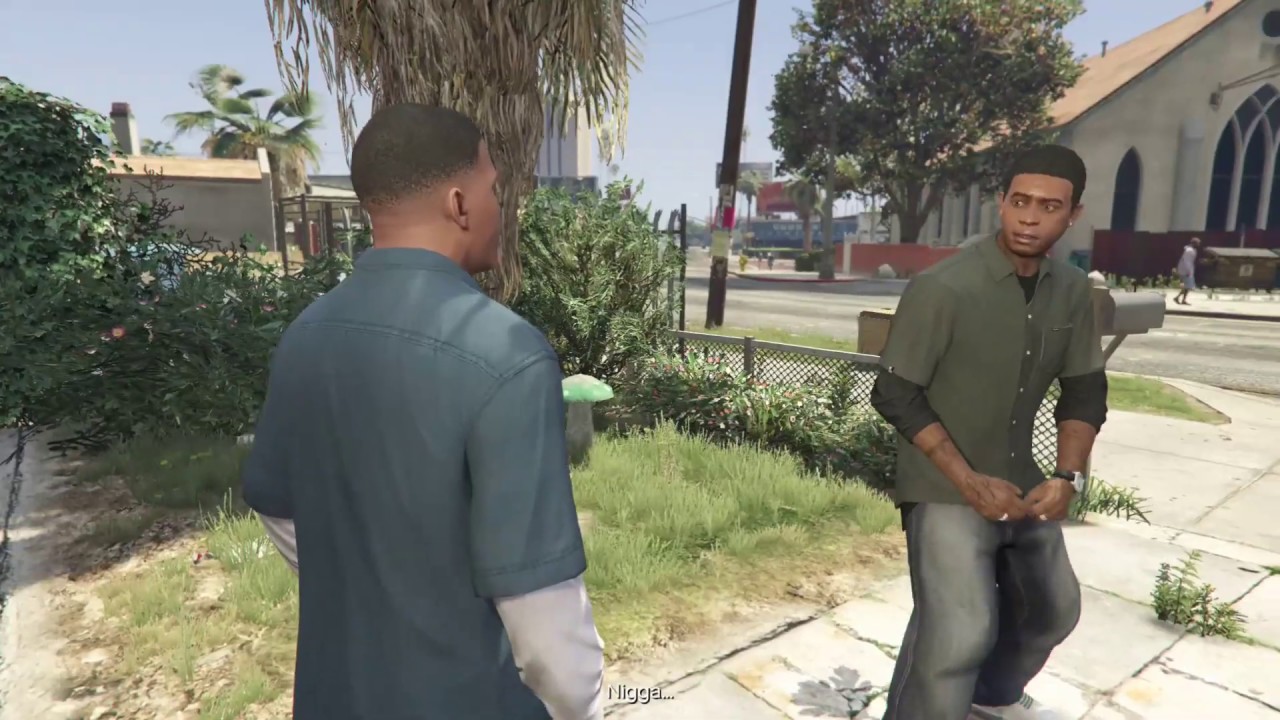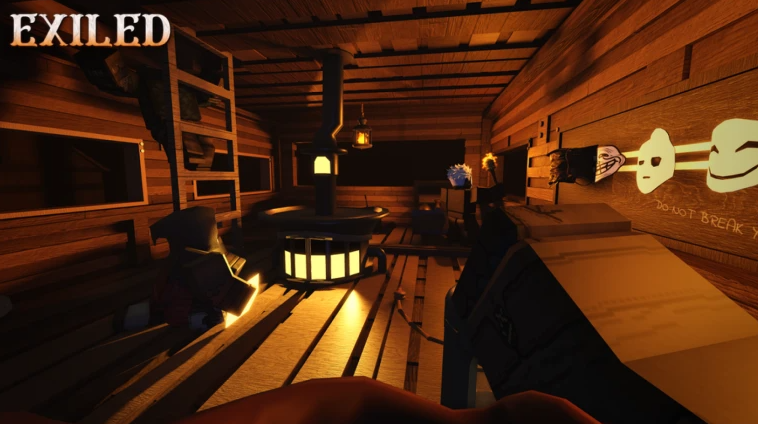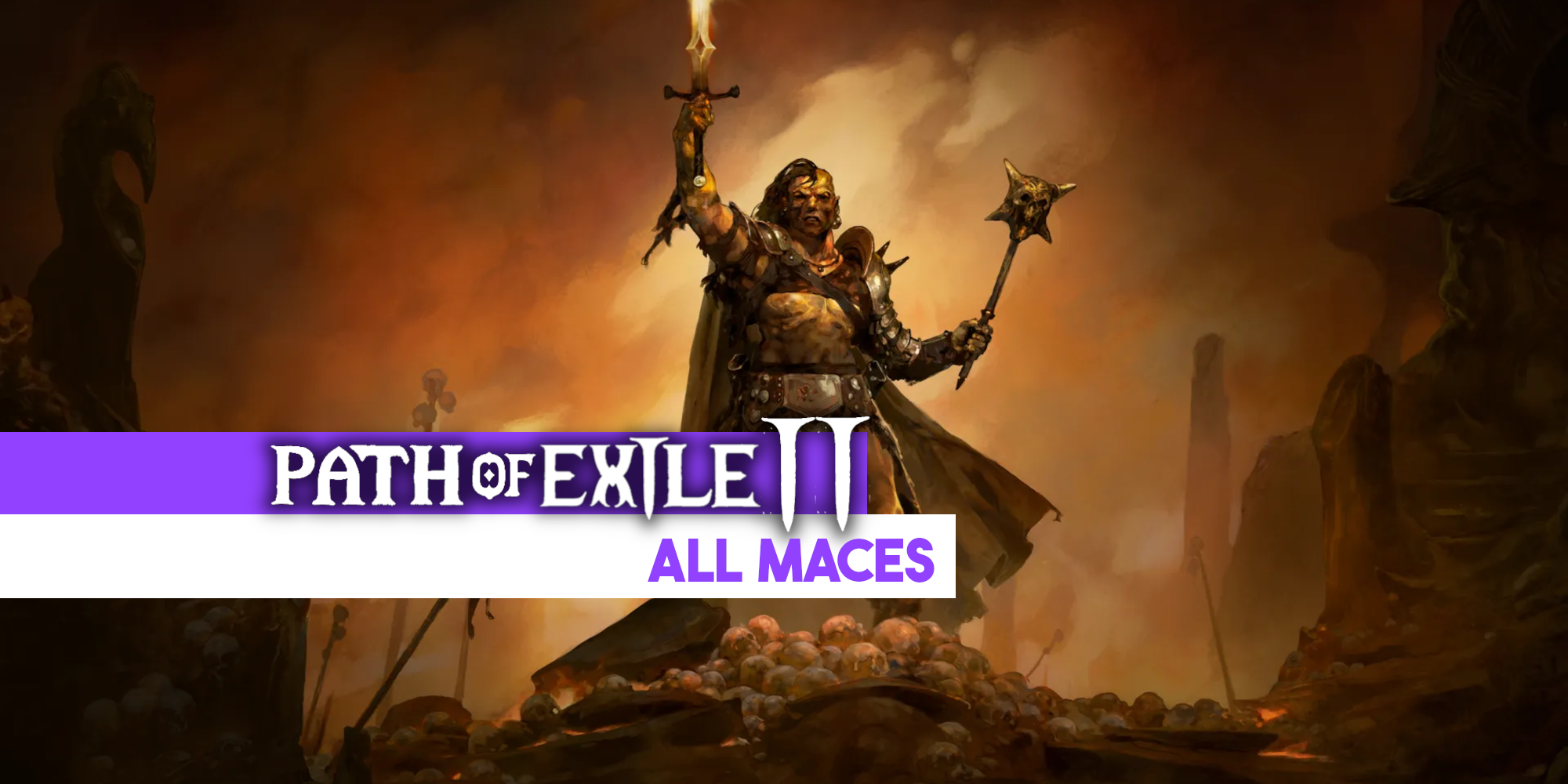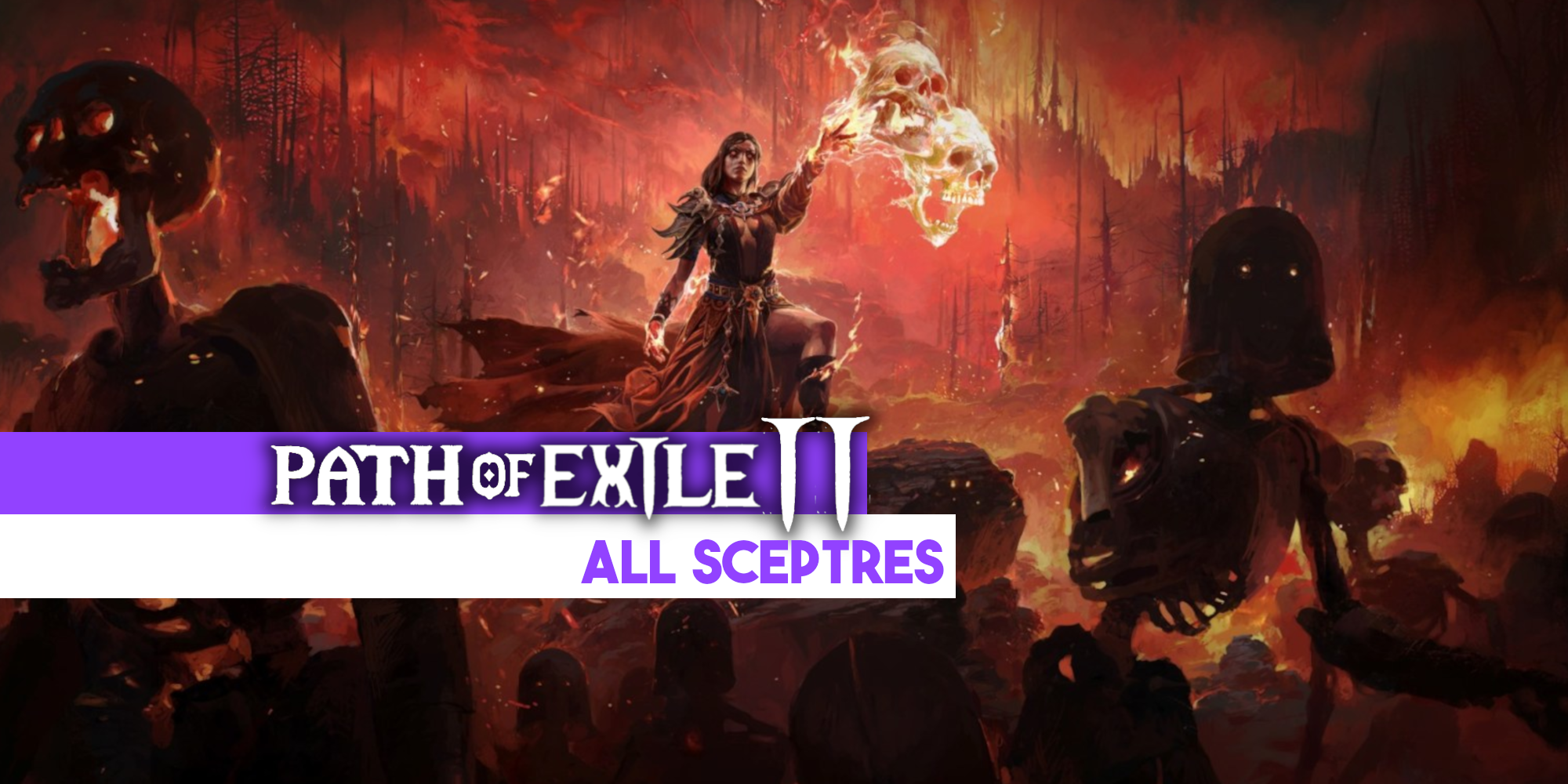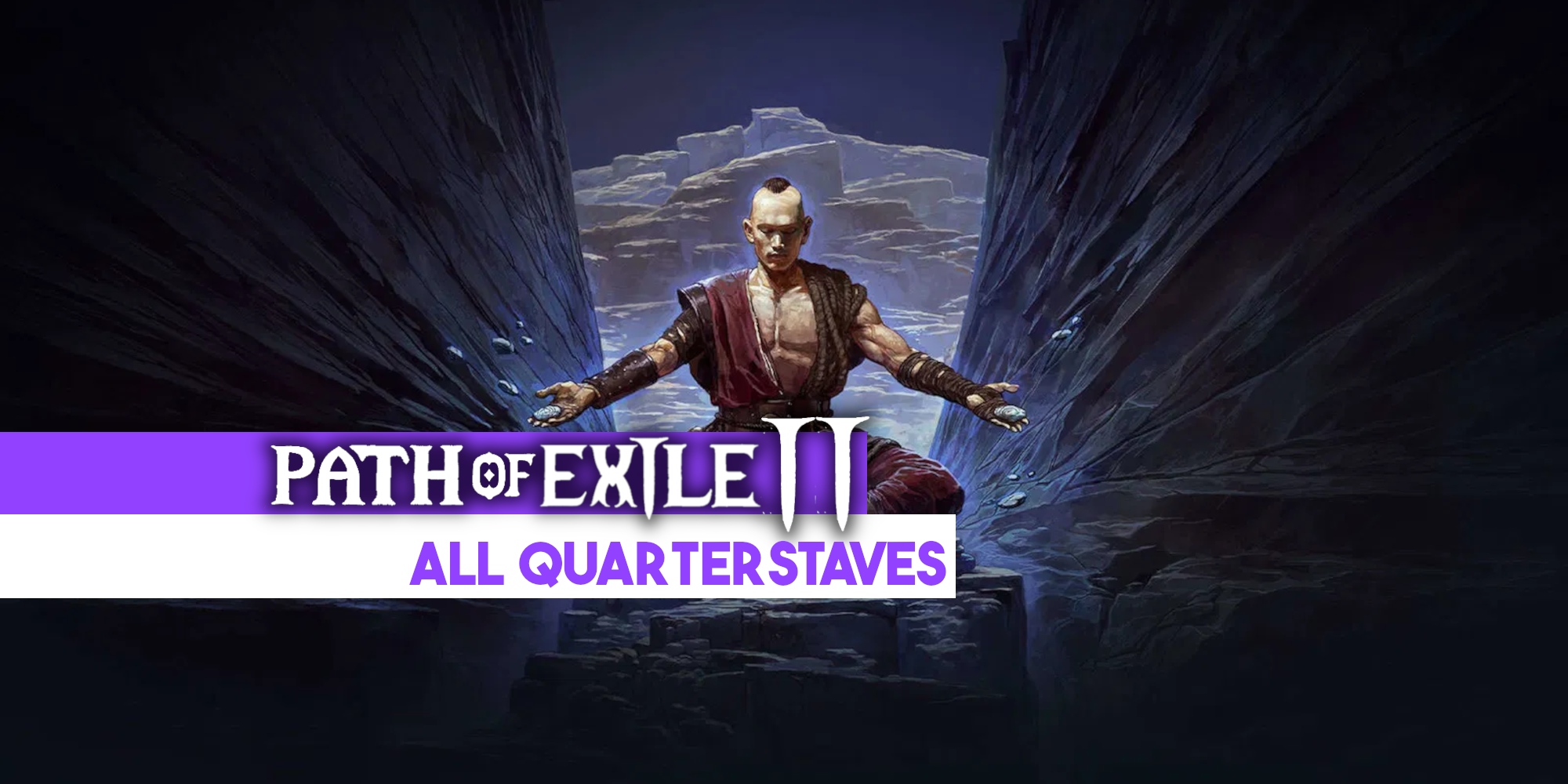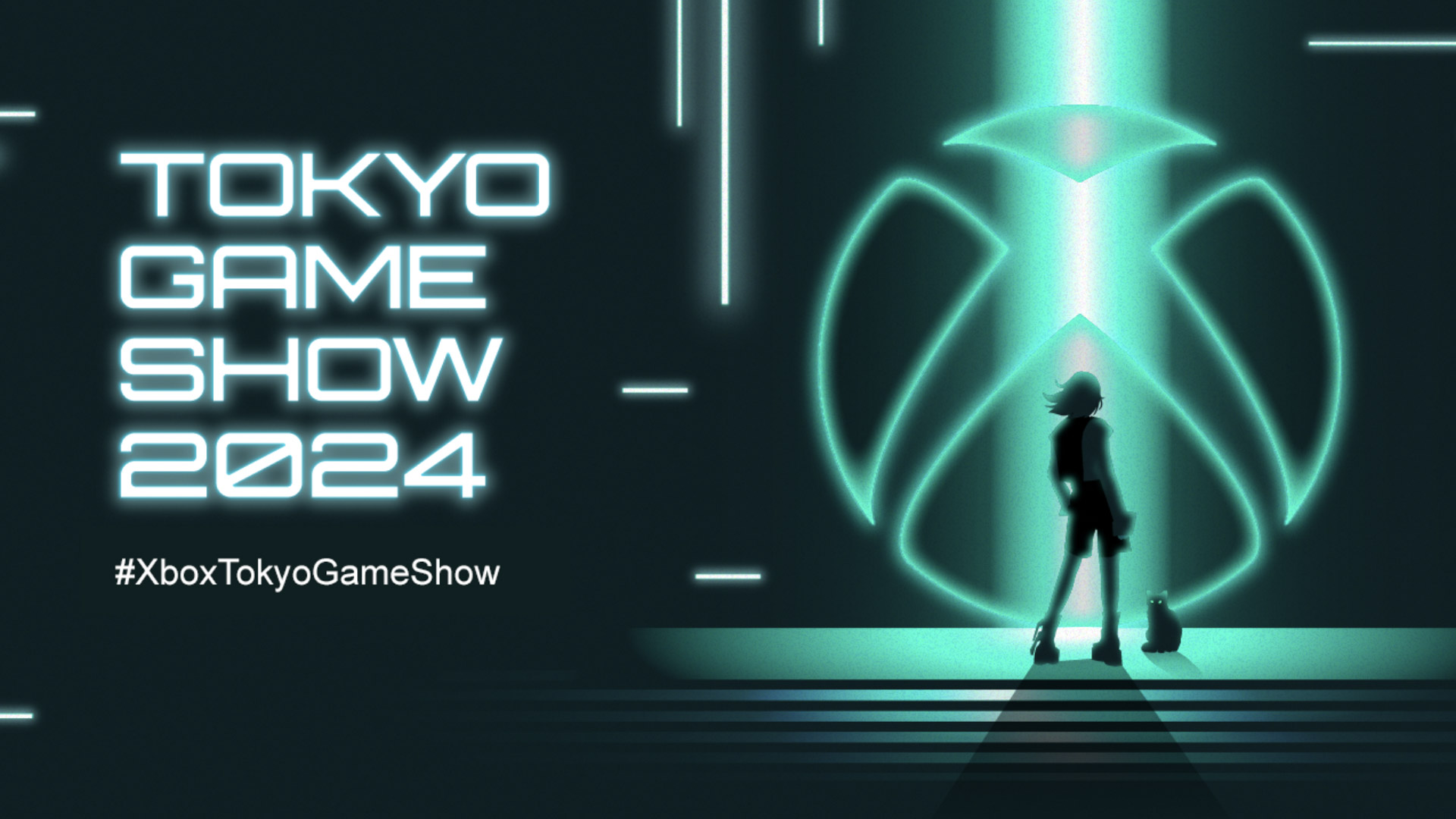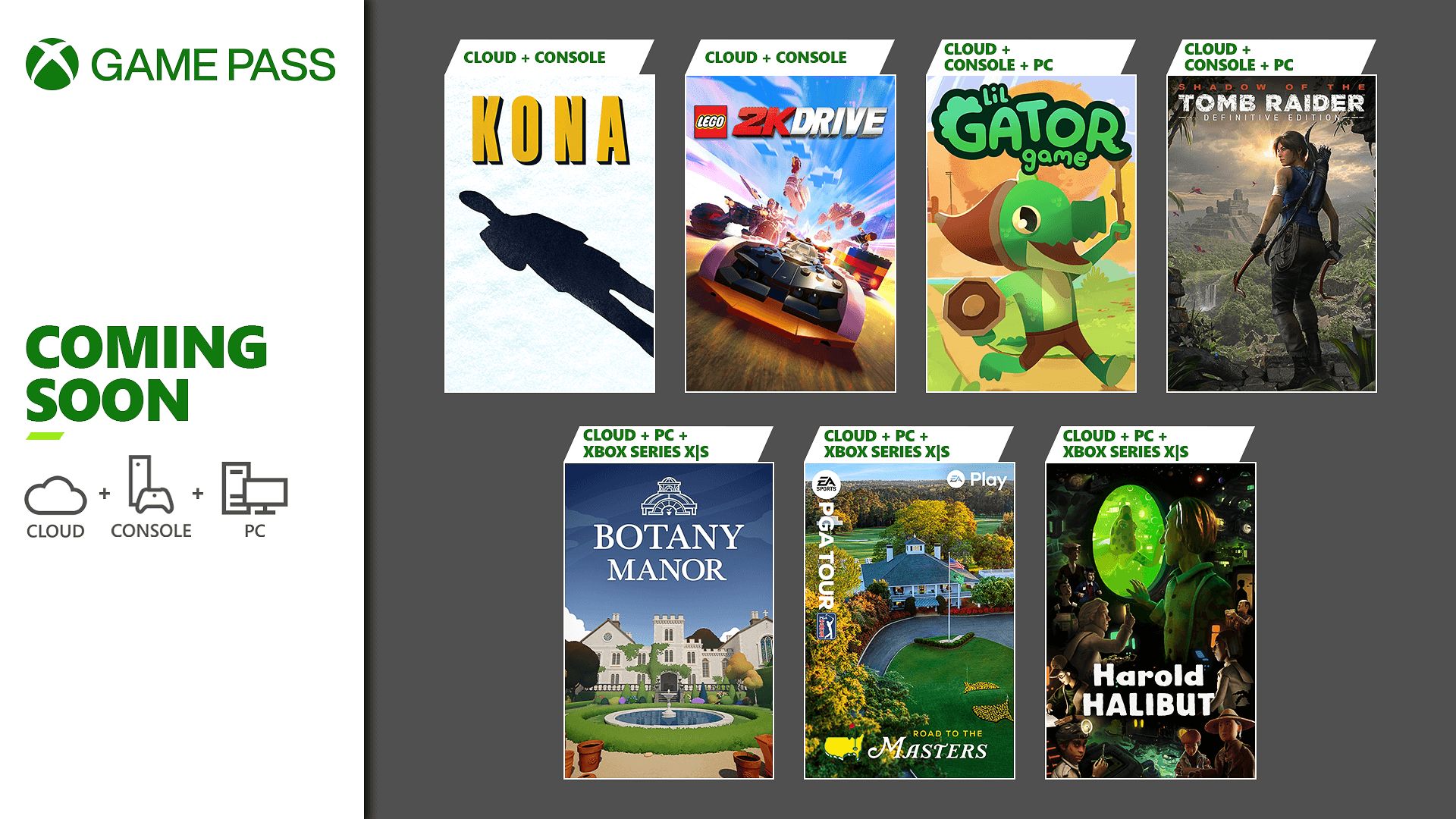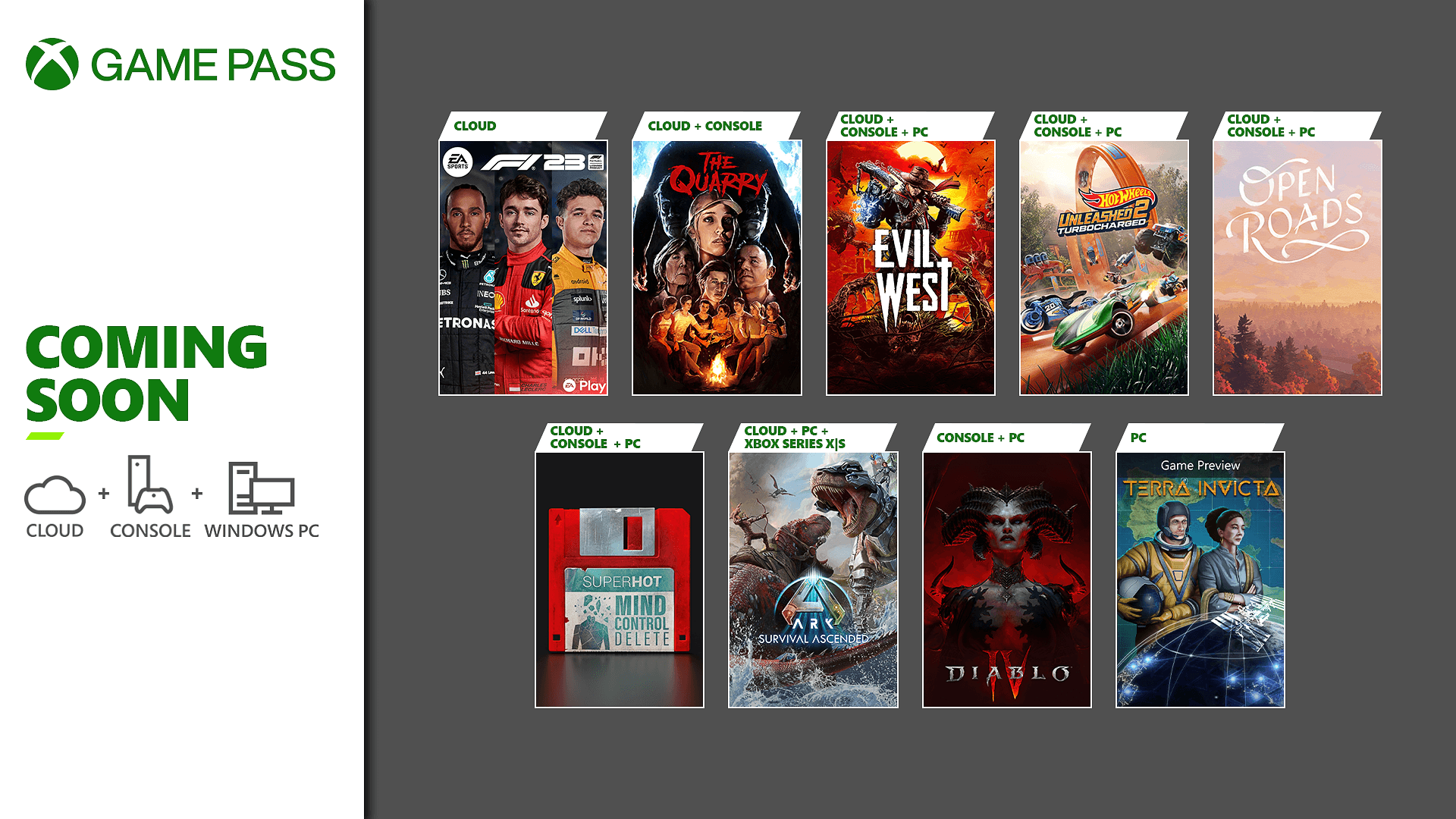Invincible: The Hero-Building Board Game Review
Whatever your feelings on the source material, Invincible: The Hero-Building Game is a cut above its cooperative peers in the board gaming world.

Invincible is a comic famed for its unusually high levels of gore and character mortality. Back in 2021 it got an animated TV treatment, expanding its fan base considerably and opening the door to other spin off products such as this cooperative board game. In the show, the protagonists are teenagers, struggling to learn how to use their powers to defend the world after a massacre of older, more experienced superheros. So here, you get to create them from the ground up in Invincible: The Hero-Building Game.
What’s in the Box
Although it’s very much a board game, Invincible: The Hero-Building Game doesn’t have much of a board. Instead of anything fold-out, there are three separate boards that sit next to one another, representing three different areas of wherever the scenario you’re playing takes place. Each has spaces for heroes, villains, minions and civilians. They’re very basic, presumably so that they work as whatever location you’re supposed to be in, but they’re perfectly functional.
Assuming you like the style of the original Invincible comic, the remainder of the components are much more engaging. There are standees for the four playable heroes, plus Omni-man, lots of civilian and minion tokens, and multiple decks of cards for things like events, villains and hero powers, all resplendent with licensed comic art from Invincible, although the typography on the cards is a little gauche.
Aside from various cardboard and wooden markers, the other components are related directly to the playable heroes and scenarios, with a tracking board for each of these, again festooned in relevant comic art. With all those panels assembled together on the tabletop, your play area begins to look like a comic book in and of itself.
Rules and How It Plays

Rather than a point-by-point rulebook, Invincible: The Hero-Building Game walks you through the introductory scenario step by step, and then has an addendum for more advanced rules. This is a divisive approach, but it works well here, allowing you to get into the basics of the game with a minimum of fuss. Everyone picks a hero from the available roster of Invincible, Atom Eve, Rex Splode and Robot, seeds a bag with a variety of colored cubes, and dives in, working together to save the globe from an alien invasion.
There are three board areas, each one of which has spaces for heroes, villains and a mass of innocent bystanders, who fluctuate between safe and dangerous zones. On your turn you’ll start by drawing three cubes from your bag and assigning them to your hero powers, allowing you to do things like move, attack, or rescue civilians. Colored cubes have to be assigned to matching color powers: yellow is fighting, for instance, while blue tends to be more about rescue and recovery. Black cubes are wild and can be assigned anywhere, but there’s a catch: you can keep drawing and assigning cubes as long as you like, but if you get more than four black cubes, you’re exhausted and out of the round.
We’ve seen this kind of push-your-luck bag-drawing before in games like Quacks of Quedlinburg, and it’s really fun. By allowing players to control their own risk, it offers a neat balance of excitement and strategy. But it’s particularly good here because most hero powers require more than one cube to activate, meaning you’ve got to be incredibly careful about your priorities. If you really, really want to attack this round, it’s tempting to throw black cubes into your yellow powers, but then yellow cubes drawn are less useful. And on the flip side, if you haven’t quite filled and activated a power when you close in on that five-cube limit, those you’ve assigned will be wasted unless you risk another draw.
It’s superpowered swings and roundabouts and the right choice is situational, depending on whether you’re on the verge of taking out an enemy, or suffering a catastrophic number of civilian deaths. Running it close to the line when there’s a critical outcome on the line is hugely exciting and, as a bonus, it alleviates the common pitfall of cooperative play where the most experienced player directs the others. It’s your turn, it’s your bag, and it’s up to you how risky you want to play it, then down to fate whether you’ll live up to your character’s heroics or blow it for the whole team.
After all the players have finished drawing cubes and taking actions, it’s on to the training phase. You’ll each have a hand of five cards representing potential superpowers your teenage hero might learn to manifest. Orange cubes drawn during your turn can be assigned to confidence, which is essentially a currency you can use to buy these cards. This adds a whole new layer of strategy to proceedings as you look for combos between your starting powers, those in your hand and the cubes in your bag, a multi-way mash-up of bag-building and tableau building from an enormous deck of powers, for a colossal amount of variety and strategic flex.
As fun as this is, it does leave some thematic question marks hanging over the game. While the heroes do grapple with learning their powers in the comic, the idea that it’s a revolving door of different abilities they can try on for size and discard feels like a stretch too far. Similarly, while each hero starts with a signature purple power keyed to their abilities – Rex Splode can damage all enemies in the vicinity with an explosion, for example – there’s nothing to stop you choosing a roster of entirely unrelated powers to go along with it. You could make Rex, who is selfish and reckless in the source material, a caring, sharing support character with lots of healing and buff powers if you so wish.
Invincible: The Hero Building Game earns back some thematic brownie points in the villain phase. Here, you draw an event card that has different instructions for villains and their minions, which will see them damaging heroes, killing civilians and using special powers, at least until such time as you do enough damage to them to get them off the board. You may also get a boost from some outside help, or include optional challenges like having to zap back and meet shifts at work to make things even tougher.
Each scenario has a selection of randomly drawn and scenario-specific enemies that enter play as the game progresses, as well as some thematic special rules. The whole package gives each scenario plenty of thematic heft as well as variety for replay value. In the second scenario, for instance, you’ll face the annoying Doc Seismic, who won’t enter play until the final round, giving you limited time to defeat him. And in the meantime, you’ll have to watch out for him accumulating damage to Mount Rushmore, which will lose you the game if it takes too much. Other ways you can lose include an excessive civilian death toll, or too many hero knock-outs from enemy damage.
To try and avoid this fate, you’ve always got the option to fly back to HQ and rest up, recovering some health and your defiance token, a handy option that lets you re-draw cubes if you don’t like what you pulled. However, doing so takes you away from the frontline, so this is very much robbing Peter to pay Paul, as while you’re away, your team-mates and civilians will be left to face the punishment. But this is typical of the game, which does a great job of keeping the tension high and making you feel like you’re stretched too thin, walking a strategic knife-edge between victory and defeat. And this matches the tone of the comic, too.
Where to Buy
What's Your Reaction?







